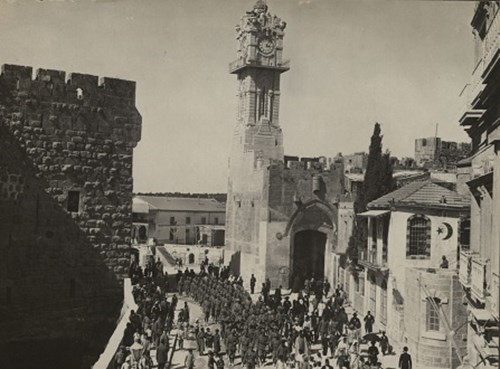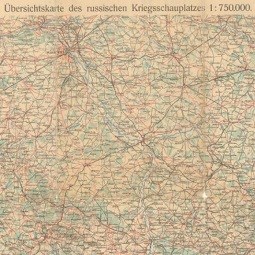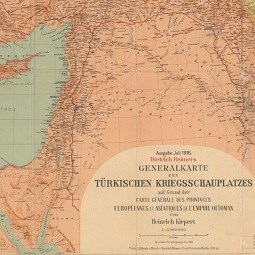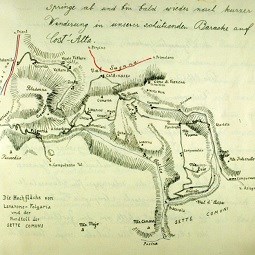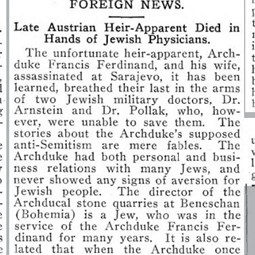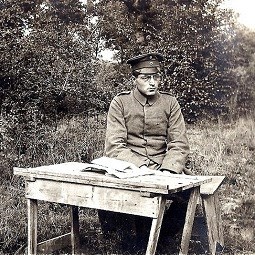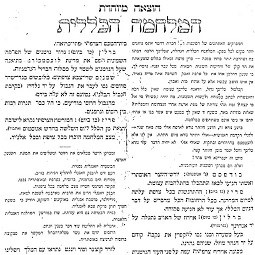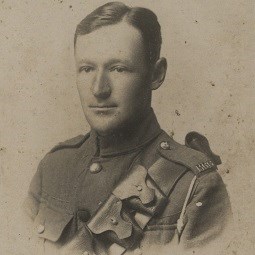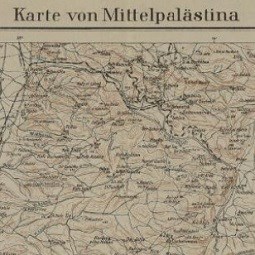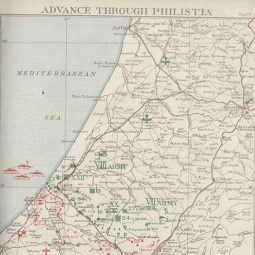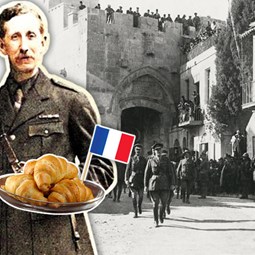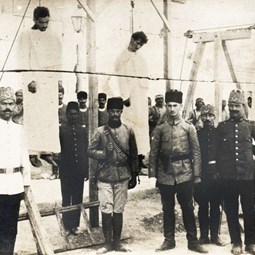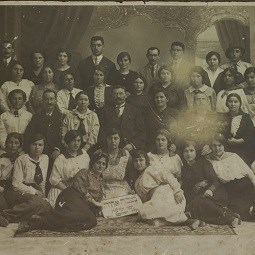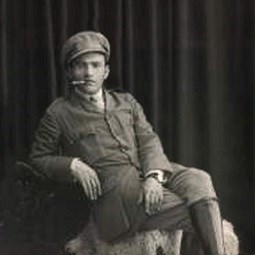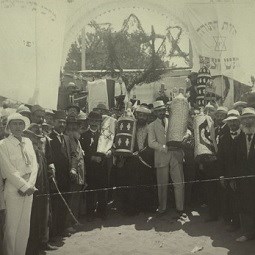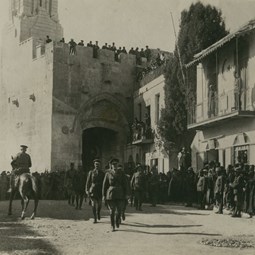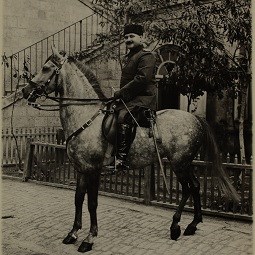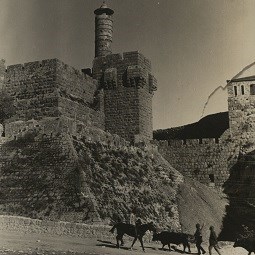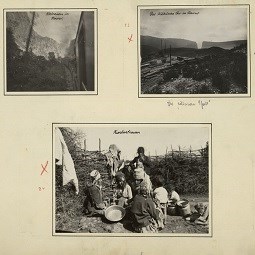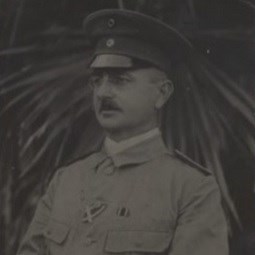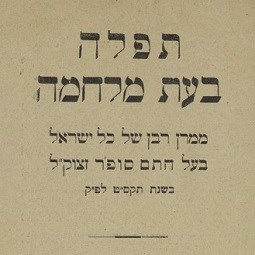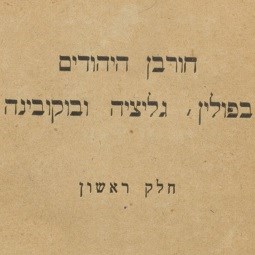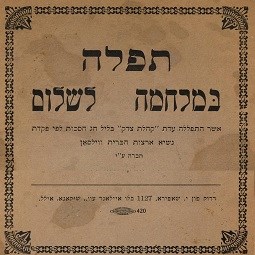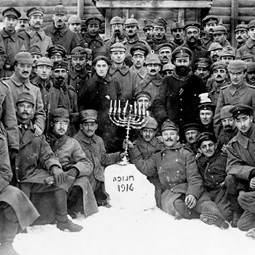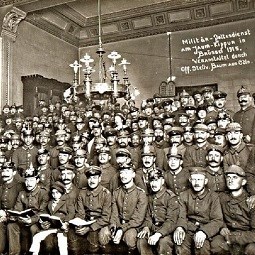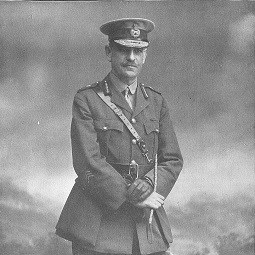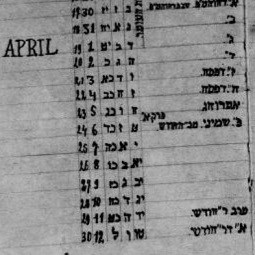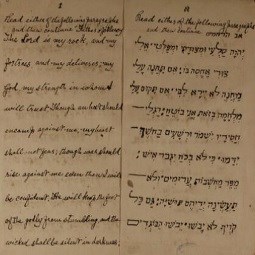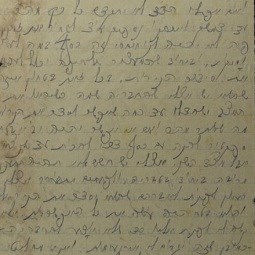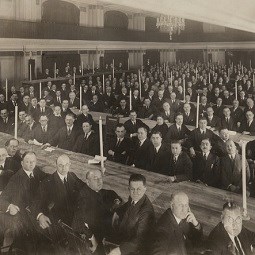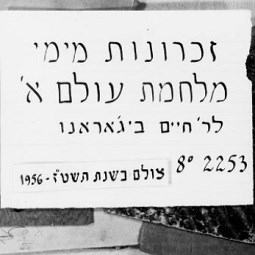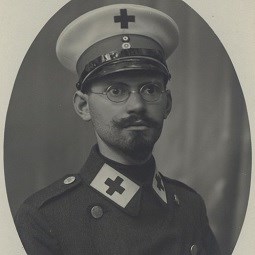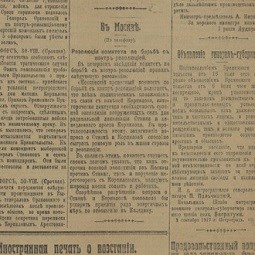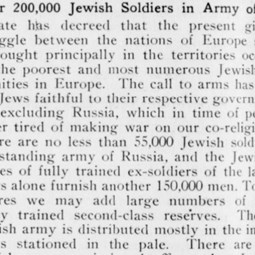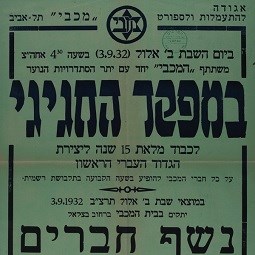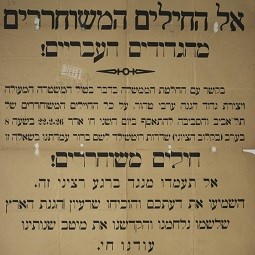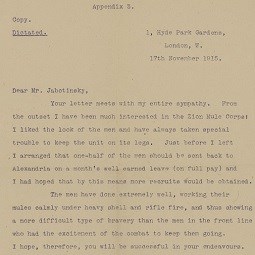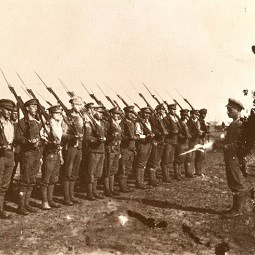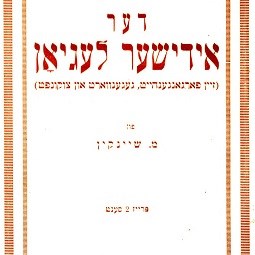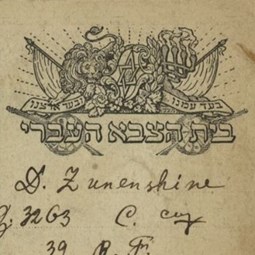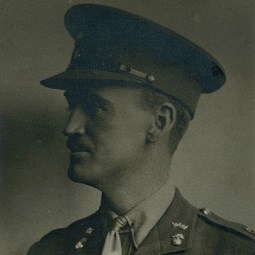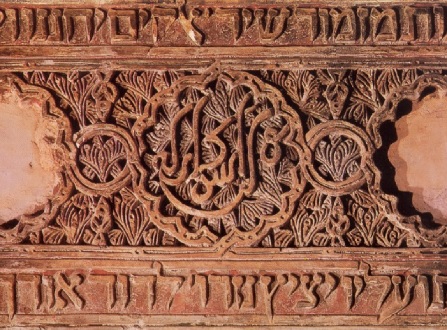World War I
World War I broke out on July 28, 1914 and ended more than four years later, on November 11, 1918, with Germany’s signing of the ceasefire agreement. Called the “Great War” at the time, it was the most brutal and violent conflict the world had ever known. Some 70 million troops from about 40 countries took part in the fighting, which was primarily concentrated in Europe. Its repercussions reverberated around the world. The scale of the losses was unprecedented: some 20 million soldiers and civilians were killed, tens of millions were injured and left homeless, as homes and infrastructure were destroyed and severe economic hardship ensued. The war had a tremendous impact on humanity, with a great influence on political, ideological, national, cultural and technological aspects of modern life.
The war began following the assassination of Archduke Franz Ferdinand, the heir presumptive to the Austro-Hungarian throne. He was shot by a Serbian citizen while in Sarajevo. The Austro-Hungarian government blamed Serbia and declared war. Within a short time, almost all European countries had joined the war that flared up between two main political blocs - the “Central Powers': Austro-Hungary, Germany, the Ottoman Empire and Bulgaria - were aligned against the “Allied Powers”, including Russia, Britain, France and others. In 1917, the United States joined the Allied Powers.
The War that Changed the Face of the World
The war’s main front was in Western Europe, with most of the fighting occurring in Belgium and France. Another significant front was in Eastern Europe. The Allied countries fought against the Ottomans on the Middle East front. By the end of the war, the map of the world was transformed: the Austro-Hungarian Empire dissolved into Austria and the Balkan States; the Ottoman Empire disintegrated and became the Turkish Republic; areas in the Middle East that had been Ottoman territory came under the mandatory rule of Great Britain and France; and the borders of Imperial Germany contracted to become the Weimar Republic. The First World War was a laboratory in which decisive and historic changes were introduced into the battlefield. At the beginning of the war, armies relied heavily on mounted cavalry, bayonet charges and mail pigeons. By the war’s end, the battlefield had shifted to advanced methods of communication, as well as sophisticated arms and weaponry such as aircraft, tanks, submarines, and chemical agents. As battleground technology advanced, so did medical technology to treat the wounded.
The National Library of Israel preserves thousands of items relating to the First World War, including photographs, documents, diaries, books, research papers, posters and press clippings. The historical materials, including many rare items, offer a great deal of knowledge about the course of the war, the severe losses, the physical and emotional struggle on the home front, and information about what took place on the front lines of the Land of Israel and the consequences of the war. Many of the items shed light on the war’s Jewish angle, particularly the contribution of Jewish soldiers and the difficulties they faced, as well as the experiences of Jewish communities and Jewish units.

 Sign in with Google
Sign in with Google
 Sign in with Facebook
Sign in with Facebook
